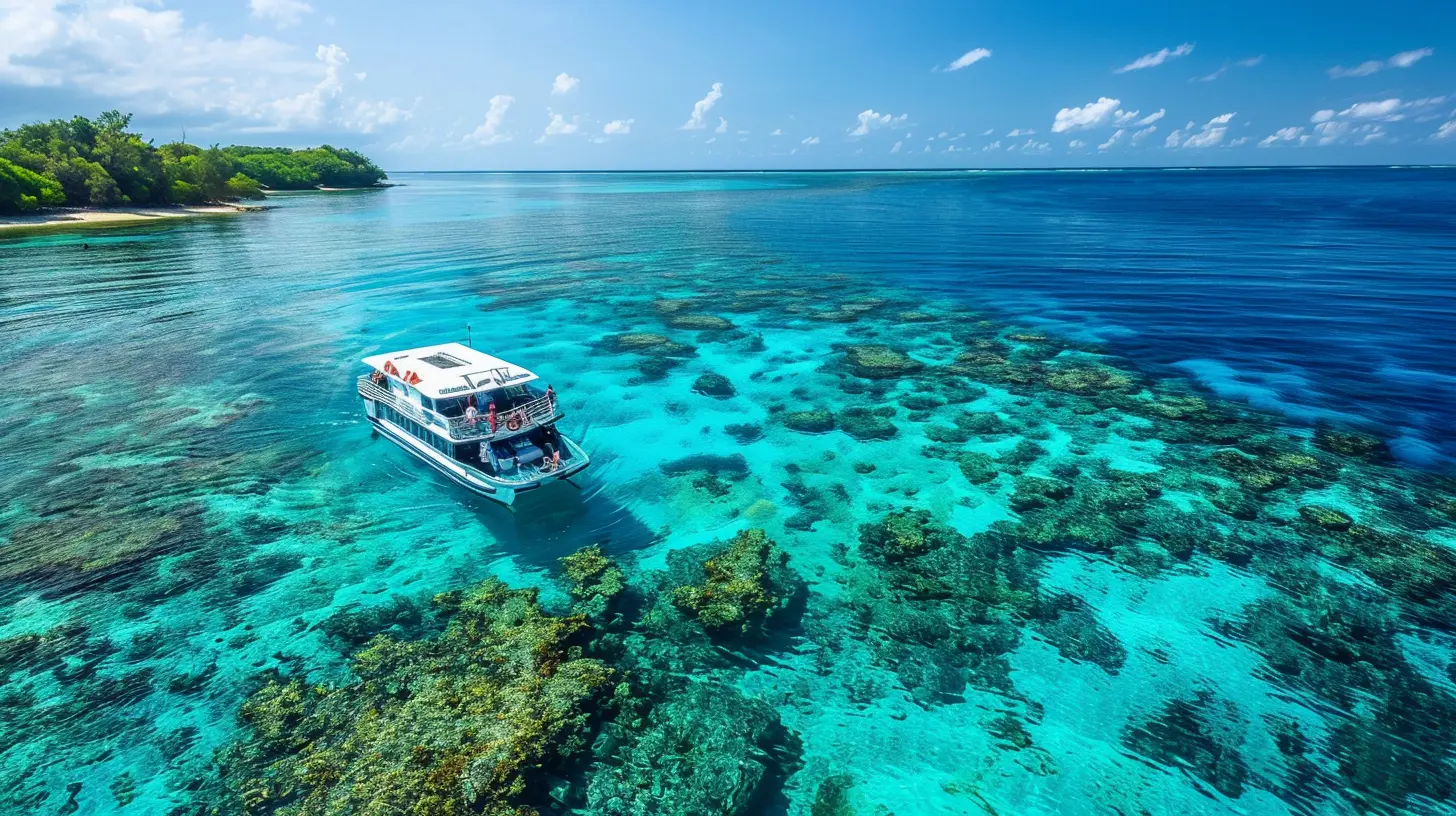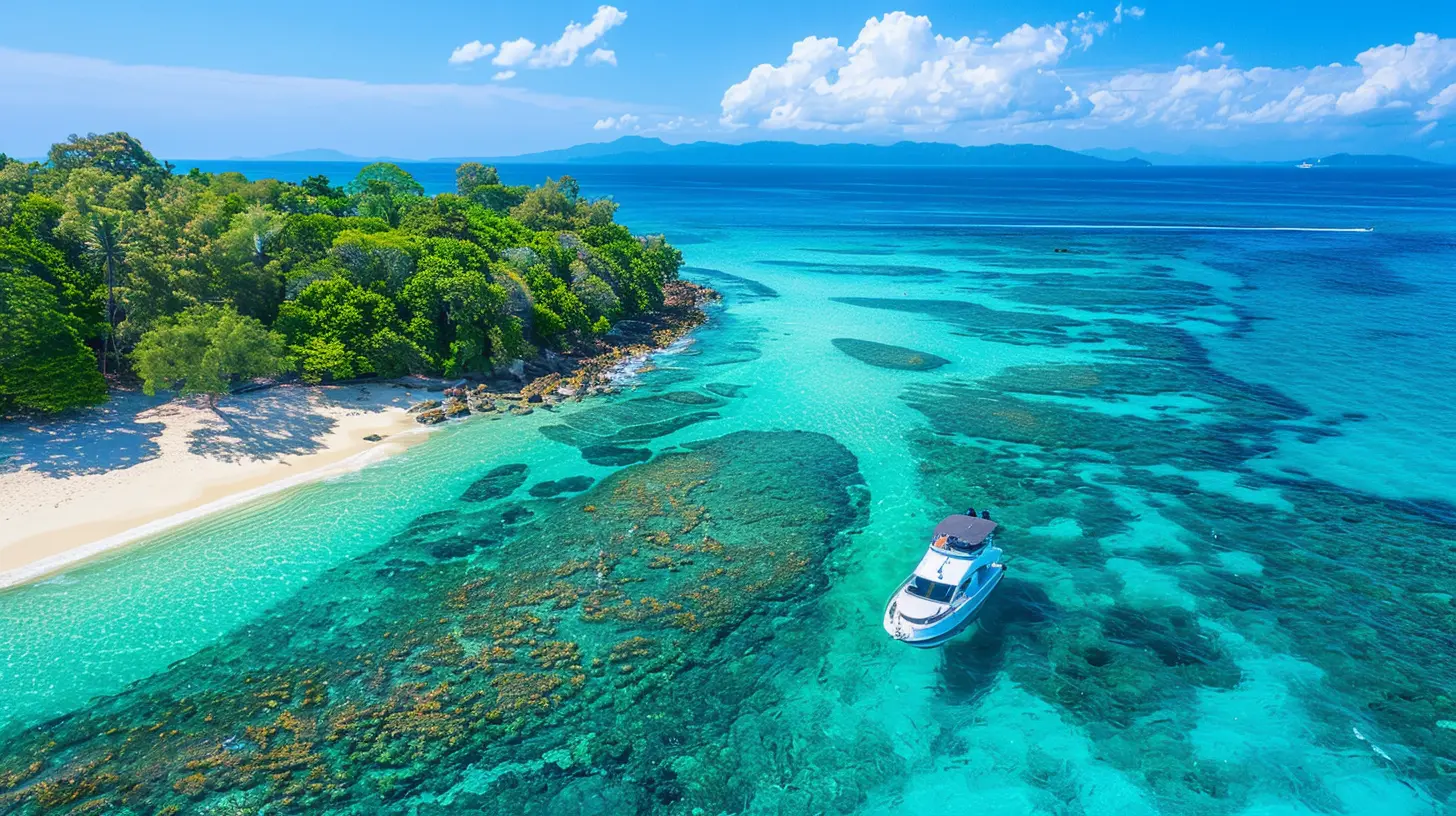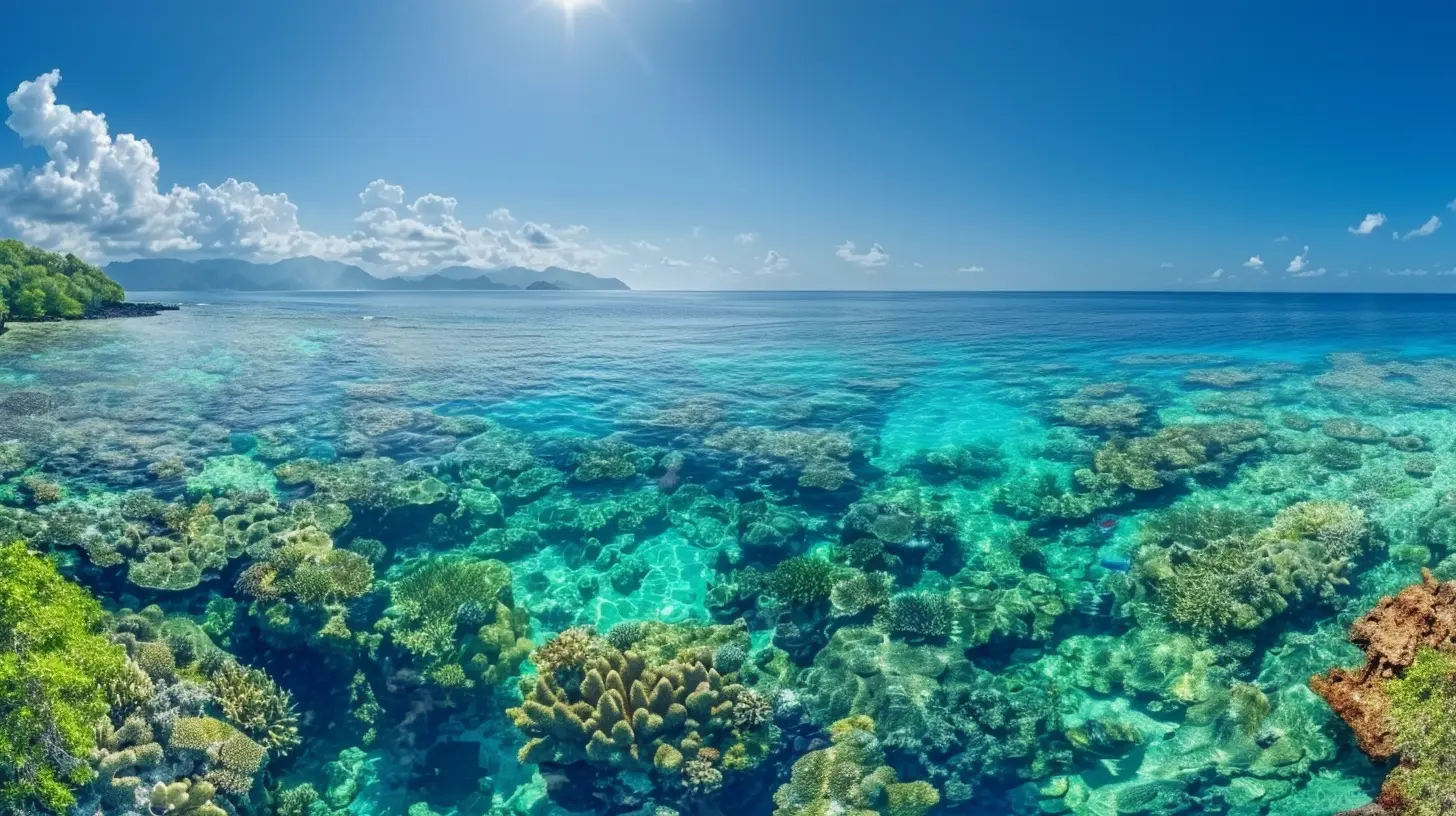When to Dive in the Great Barrier Reef for Optimal Conditions
17 November 2025
When it comes to ticking off bucket-list destinations, the Great Barrier Reef stands tall—like, really tall, considering it's so massive it can be seen from space. But here’s the deal: diving into this underwater wonderland isn't just about showing up whenever your schedule lets you—it’s about timing it right. Why? Because Mother Nature doesn’t always play nice, and you'll want conditions at their absolute best to witness the reef in all its colorful, coral-cuddling glory.
So whether you’re a seasoned diver or just someone planning your first underwater plunge, let’s dive (pun intended) into the nitty-gritty of when to dive in the Great Barrier Reef for optimal conditions.
Why Timing Your Dive Matters
Imagine arriving at the reef and expecting crystalline water, only to be greeted by murky conditions and choppy waves. Not cool, right? The Great Barrier Reef’s conditions vary quite a bit throughout the year. Water visibility, temperature, marine life activity, and even jellyfish presence can shift with the seasons.So yeah—timing isn’t just important; it’s everything.
A Quick Snapshot: Best Time to Dive
Here’s the TL;DR version for you:- Best Overall Months: June to October
- Best Visibility: September to November
- Warmest Water: December to March
- Peak Marine Life Encounters: June to September
Now, let’s break this down month by month and weigh the pros and cons.
Diving Seasons in the Great Barrier Reef
Australia is in the Southern Hemisphere, so its seasons are opposite to those in North America and Europe. Here's how each season plays out underwater.Summer (December to February)
Pros:
- Warmest sea temperatures (around 28-30°C / 82-86°F)- Coral spawning often happens in November and December—an incredible (and rare) sight
- Manta rays and turtles are frequently spotted
Cons:
- It's the wet season—expect heavy rain and potential cyclones- Visibility can be lower due to run-off from land
- Jellyfish season is in full swing; stinger suits are a must
Verdict: Great for warm-water lovers and those chasing the coral spawning phenomenon. Just be cautious of jellyfish and unpredictable weather.
Autumn (March to May)
Pros:
- Sea temperatures are still warm (26-28°C / 78-82°F)- Rainfall starts to ease off
- Quieter time on the reef with fewer tourists
Cons:
- Visibility can be hit-or-miss depending on rainfall- Still within jellyfish season (ends around May)
Verdict: A pretty decent time, especially in late autumn when the waters settle and visitor numbers drop.
Winter (June to August)
Pros:
- Dry season means sunny skies and minimal rain- Excellent visibility—often over 20 meters (65 feet)
- Peak time for seeing whales, including minke whales!
- No jellyfish worries
Cons:
- Coolest water temps (around 22-24°C / 72-75°F), so bring a wetsuit- Slightly more tourists due to school holidays
Verdict: This is prime diving time. You get the best visibility, tons of marine life, and pleasant weather on the surface too.
Spring (September to November)
Pros:
- Water temps start to climb (24-28°C / 75-82°F)- Visibility is at its peak—crystal clear waters ahead
- Still jellyfish-free until November
- Less crowded than winter months
Cons:
- Jellyfish begin to appear toward late November- Start of the warmer, more humid wet season at the tail end
Verdict: If you want Instagram-worthy underwater shots, this is your best bet. Clear waters, active marine life, and comfortable conditions? Yes, please.
Monthly Breakdown – When to Dive for What You Want
January – Bring the Heat
Hot weather, warm waters, and a good chance of encountering turtles. But beware—it's rainy, and jellyfish are out and about.February – Storm Watch
February is cyclone season. Unless you're super adventurous (and okay with rescheduling), it’s risky.March – The Calm After the Storm
Conditions begin to mellow out. Still warm, but slightly better visibility. A good off-peak choice.April – Quiet and Peaceful
Tourist numbers dip, waters remain warm, and visibility improves.May – Goodbye Jellyfish
Jellyfish season wraps up, and the reef starts putting on its best show.June – Say Hello to the Whales
Minke whales start showing up. Visibility? Stellar. Weather? Chef’s kiss.July – Peak Everything
You’ve got whales, great visibility, and perfect surface conditions. Just bring a thicker wetsuit.August – Marine Life Central
Still cool, still whale-friendly, and schools of fish are everywhere.September – Crystal Waters
Best month for visibility. You’ll feel like you're floating in air.October – All-Around Winner
Warm enough for comfort, clear enough for visibility, and low enough in tourist numbers. Sweet spot!November – Drama Starts Again
Coral spawning begins (a natural wonder), but jellyfish may start making appearances too.December – Warm and Wild
Summer returns, water heats up, and rain starts pounding in. Still, a great time to see coral reproduction cycles.Other Factors to Consider
Sure, the calendar matters. But here are a few extra tips to fine-tune your timing:Rainfall & Run-off
The more it rains, the more gunk flows into the ocean from nearby rivers. This messes with visibility. Stick to dry months (June–October) for the best diving conditions.Jellyfish Season
From November to May, you’ll need stinger suits—don’t dive without them. The box jellyfish and Irukandji are no joke. They’re not common on the outer reef, but safety first.Coral Spawning
This otherworldly event happens once a year—usually a few days after the full moon in late spring or early summer (Nov-Dec). It’s chaos underwater, but fascinating to witness. Like a coral fireworks show!Marine Life Migration
- Minke Whales: June - July- Turtles Nesting: November - January
- Hatching Season: January - March
- Manta Rays: Year-round, but more visible in summer
Where to Dive in the Great Barrier Reef?
Some reef sections offer better dive conditions during different seasons.Outer Reefs (Agincourt, Osprey, Ribbon Reefs)
Best for visibility and less affected by run-off. These are ideal for diving pretty much all year, especially June–November.Coral Cays and Inner Reefs
Closer to shore, so more affected by weather and run-off. Better during dry season (June–October).Tips for First-Timers
- Go with a certified dive operator. They know the reef like the back of their hand.- Don’t skimp on your gear. A foggy mask can ruin everything.
- Take seasickness meds if you're prone. It’s not a fun boat ride if you’re green in the face.
- Layer up. Even in summer, thermoclines (cold water currents) can sneak up.
Final Thoughts
So, when’s the best time to dive in the Great Barrier Reef for optimal conditions? If you’re after the whole package—visibility, marine life, comfort, and weather—circle June to October in your calendar. But hey, every season has its perks. Whether it’s watching coral do their secret night spawn-dance in December or gliding alongside a minke whale in July, there's always magic to witness.Just remember: the reef isn’t going anywhere, but your perfect dive window might be limited. Plan smart, pack well, and get ready to make memories that’ll last a lifetime.
all images in this post were generated using AI tools
Category:
Best Time To VisitAuthor:

Shane Monroe

